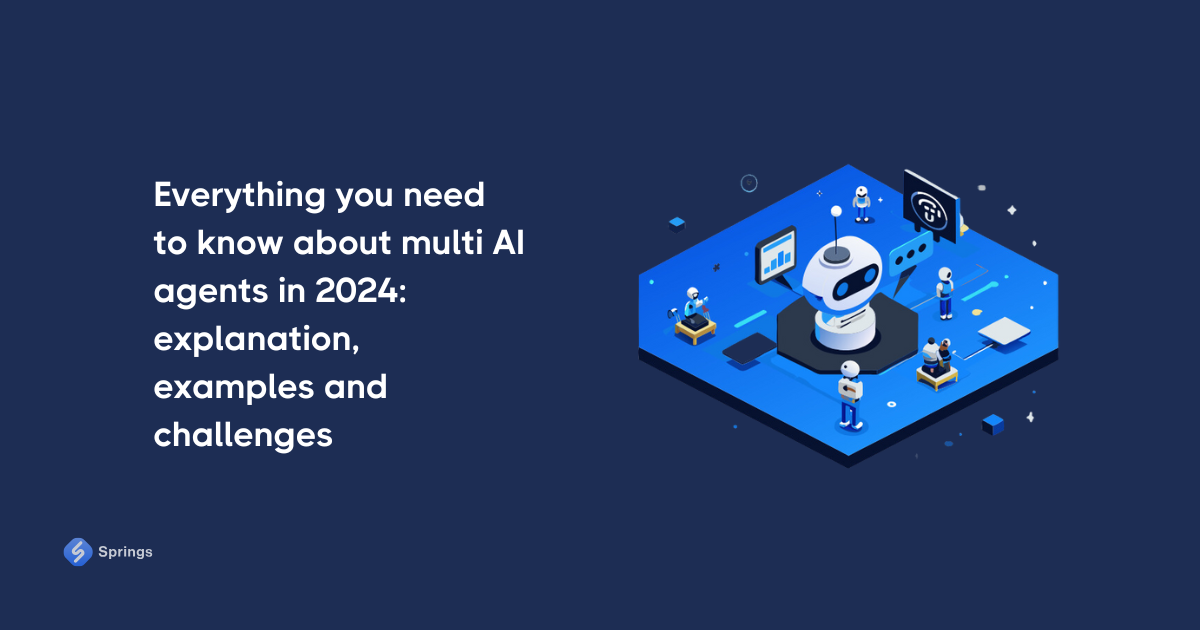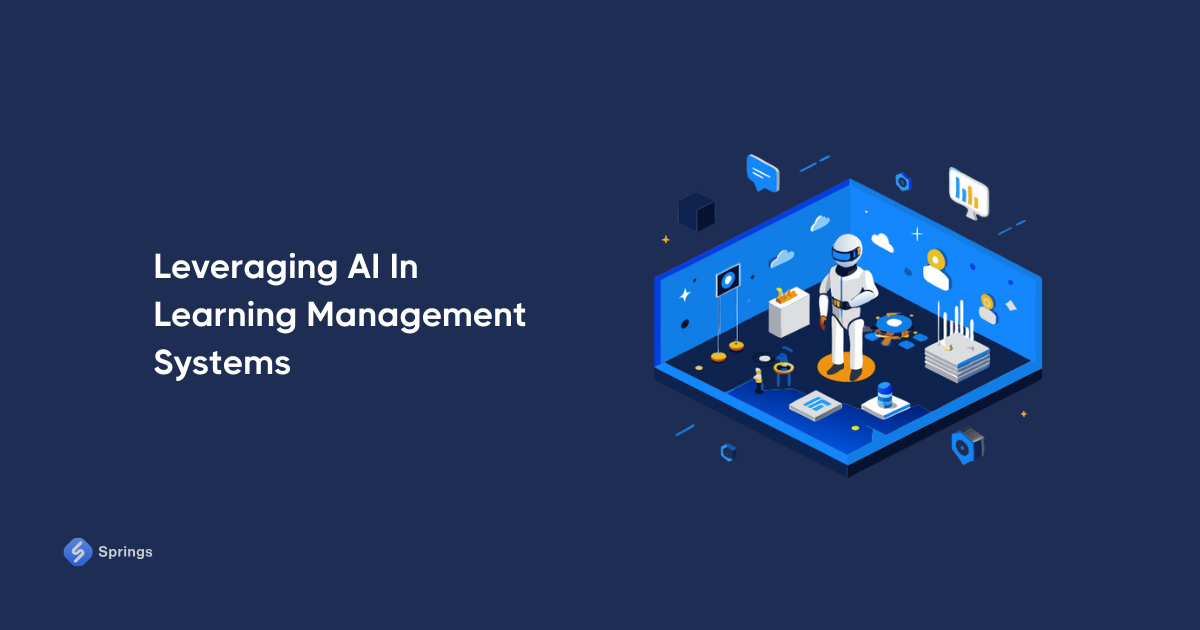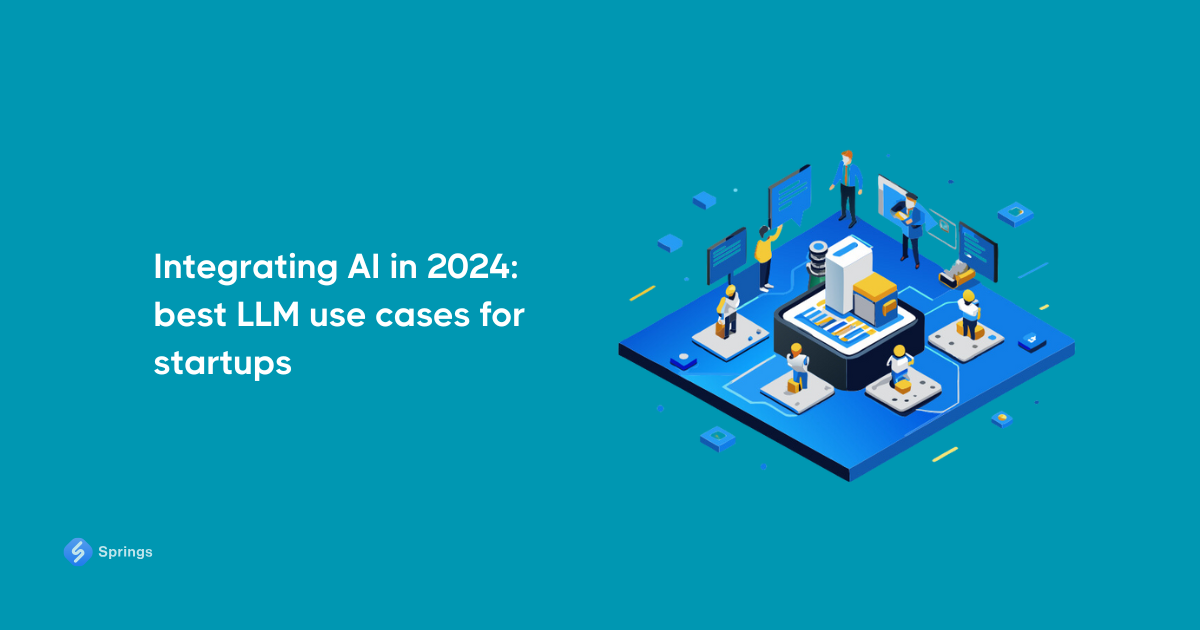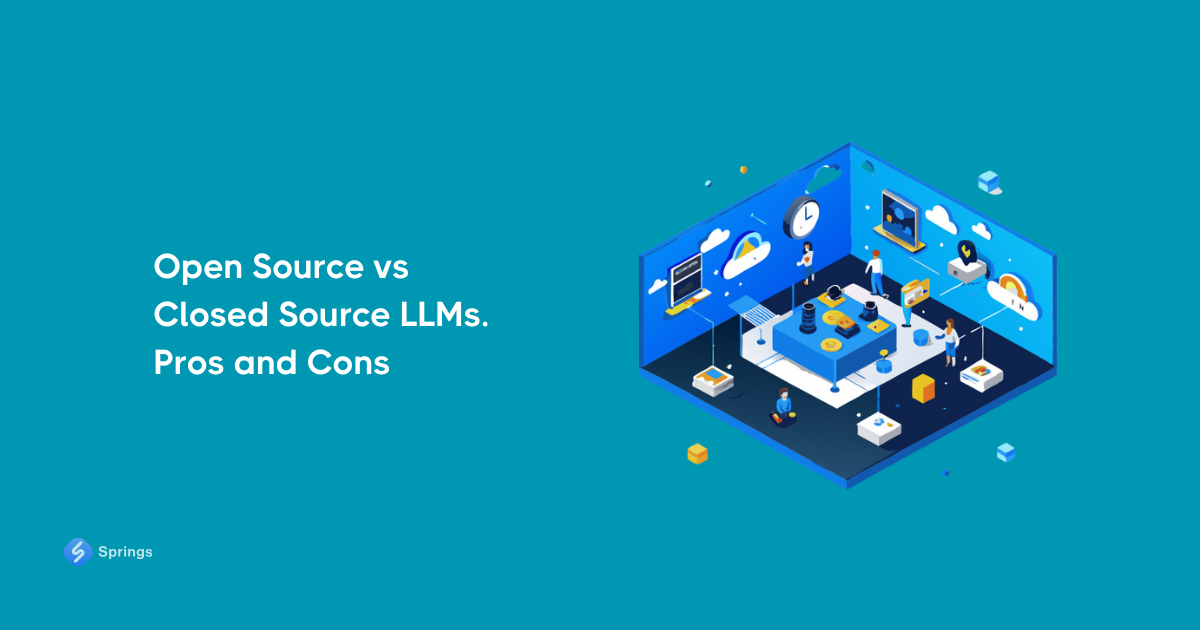The Ultimate Guide To HR Virtual Assistants
Well-maintained employee relations are one of the cornerstones of a successful business. Companies are willing to find the right people, teach them the ropes, and continuously support their growth. In the past, HR experts had to manage these processes, adding to business expenses and having their daily schedules packed with calls and emails.
AI business automation allows companies to improve these processes and allocate fewer resources with better results. That’s why more and more firms and enterprises worldwide invest in human resources virtual assistant solutions. With the release of such models as Gemini 1.5 or GPT-4o, HR automation will get on a new level.
We have already written about how AI chatbots can influence the HR industry. This article covers the basics of these programs and their types. We will also discuss the benefits, use cases, and best practices companies use to make their integration more successful.
What Are HR Virtual Assistants?
HR virtual assistants are AI-powered tools designed to automate and assist with various human resources tasks, such as candidate screening, interview scheduling, onboarding, employee inquiries, and data management. They help streamline HR processes, improve efficiency, and enhance the employee experience.
Such AI assistants have boomed in recent years as they offer a cost-effective alternative to HR teams. While they first succeeded with smaller companies, larger enterprises also recognize their value in enhancing the HR experience. According to an Enterpeneur.com study, organizations save up to 78% in operating costs thanks to modern virtual helpers.
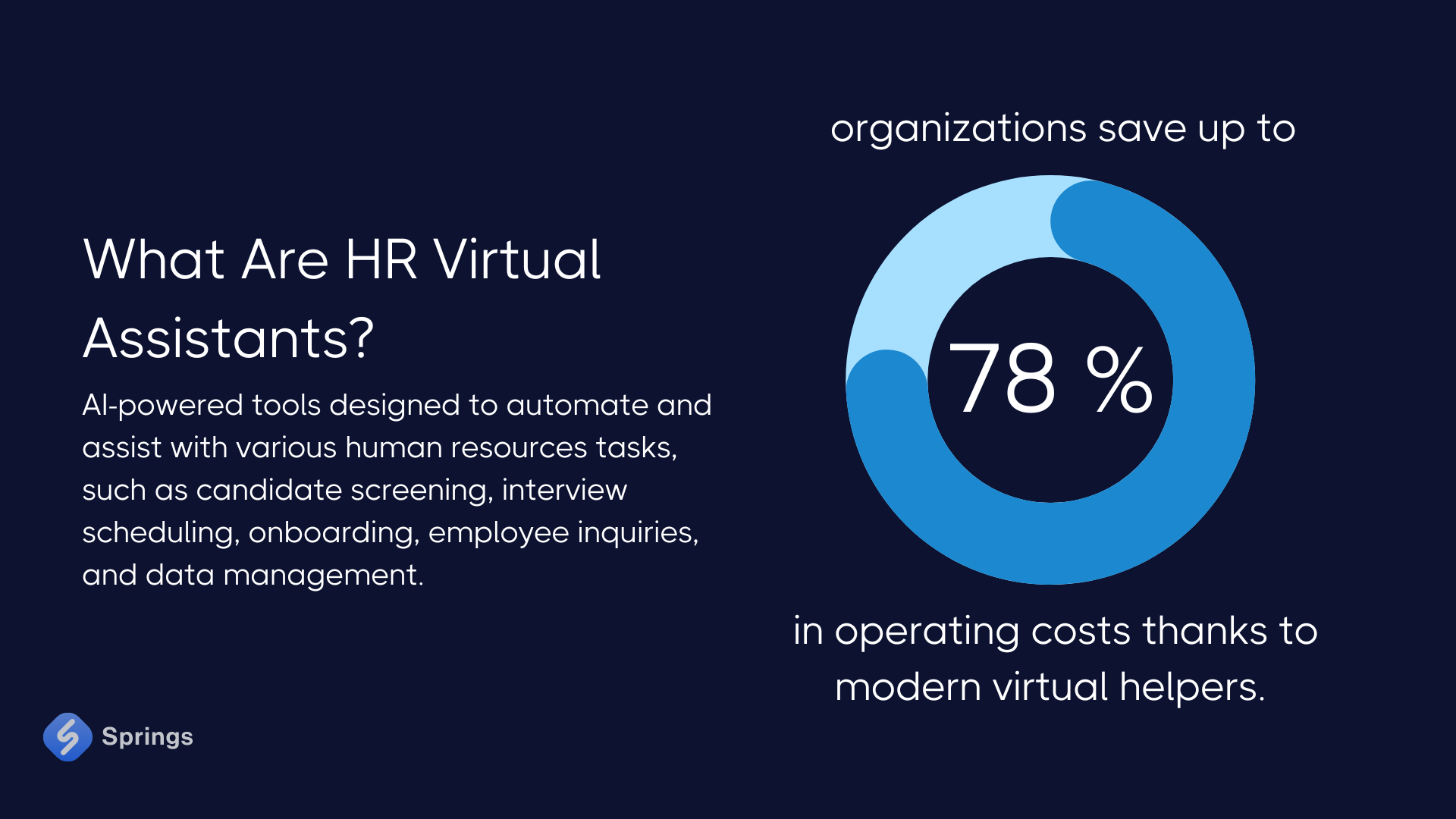
These products help HR teams provide around-the-clock support in many areas of employee management. Unlike chatbots, they offer both text and voice conversations. HR helpers work in the same manner as Siri or Amazon Alexa: employees ask them for help with a particular task and get it. Companies invest in several types of such products to streamline their HR efforts:
- Employee self-help products. This virtual helper provides information about HR policies, leave balances, benefits, payroll, and other common knowledge. It’s possible to tailor them to handle leave requests, leading to better time off management.
- Onboarding solutions. With HR virtual assistants, enterprises explain essential data, such as team introductions, first-day schedules, and company policies. They may also guide employees in submitting documents and paperwork.
- Performance management tools. These HR helpers aid managers and employees in tracking performance goals and objectives. They also collect performance data and reviews.
- Recruitment helpers. Companies and enterprises use them to speed up resume scanning and ranking based on job descriptions and set criteria. AI recuruitment products also improve interview scheduling and send invitations and reminders to interviewers and candidates.
- Training assistants. These helpers offer training recommendations, schedule sessions, and self-improvement content. They collect and analyze feedback to improve training programs.
Main Benefits Of Introducing Virtual Assistants To HR
Adding a virtual assistant to daily HR processes benefits companies in several ways.
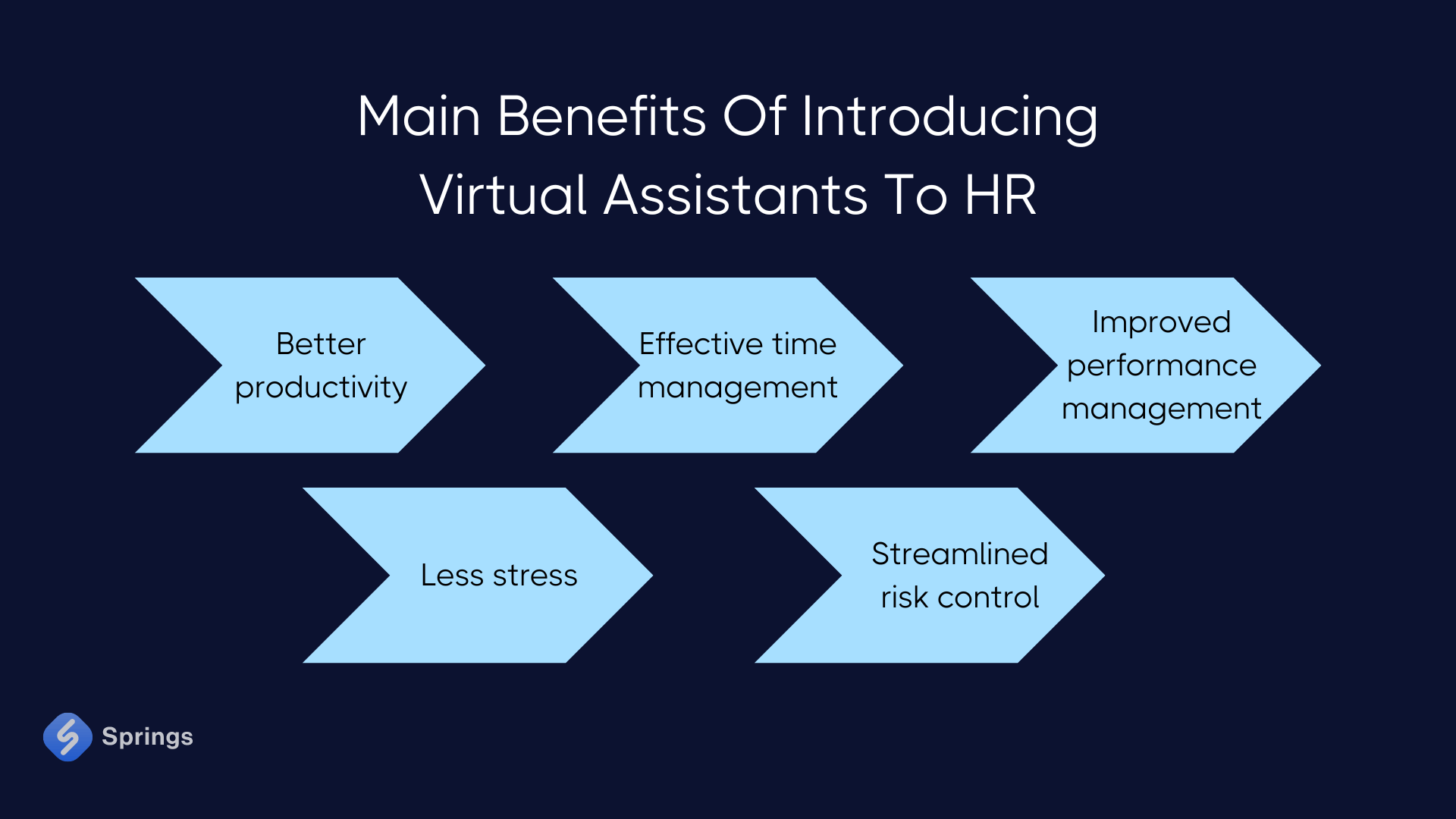
- Better productivity. AI Assistants make companies more productive and let HR employees handle more complex tasks. Their introduction decreases business expenses, leaving more room for investments in other areas.
- Effective time management. HR virtual assistants help companies maintain administrative tasks and related processes, such as hiring employees, writing reports, and handling complicated documents.
- Improved performance management. Introducing HR assistants allows businesses to track how employees handle their responsibilities and follow company policies, reducing the time and effort of human resources teams.
- Less stress. HR department staff can rely on virtual helpers to handle many mundane tasks, making their experience less stressful and reducing their workload.
- Streamlined risk control. Adding VA products to the workflow helps organizations keep up with recent laws and industry practices. With their help, companies spend less time on hiring, auditing, benefits, and insurance policy compliance.
Human Resources Virtual Assistants: Top Use Cases
The applications of these LLM solutions are only limited by the company's needs and the problems it wishes to solve. Developers specializing in solutions that utilize AI and ML technologies tailor these products to perform various tasks. Here are the top use cases for virtual helpers in HR:
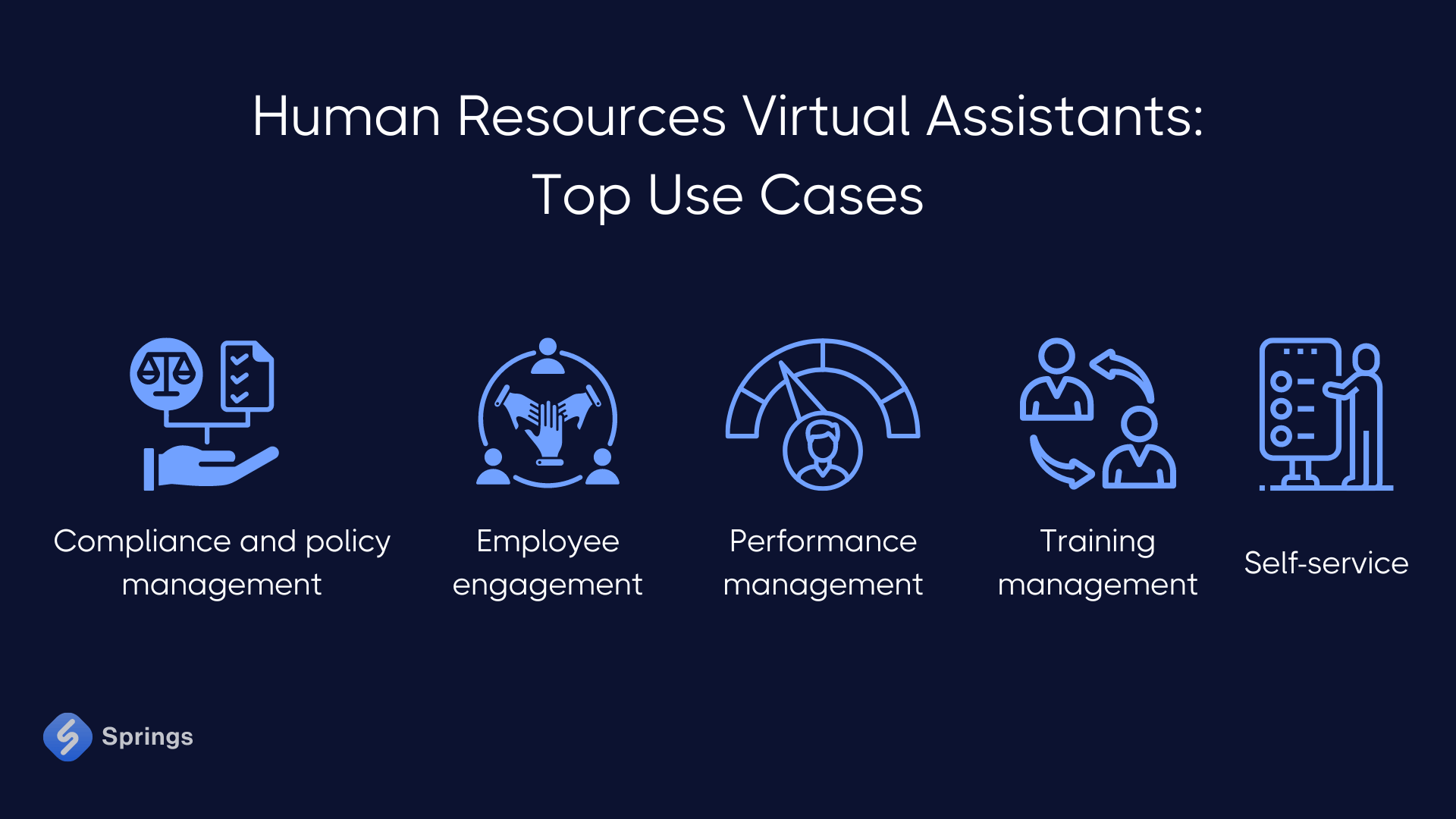
- Compliance and policy management. Virtual assistants keep employees updated on law and policy changes. These tools also help organizations update their staff with certifications and training programs.
- Employee engagement. Enterprises use sophisticated helpers to provide regular surveys that evaluate employee morale and engagement levels. Additionally, they notify workers about important dates, deadlines, and company events.
- Performance management. Virtual helpers help carry out employee performance monitoring and automatically collect and organize review information.
- Training management. With these solutions, organizations have a better time recommending and scheduling training sessions. They can be based on business needs and specific employee roles, leading to better training results.
- Self-service. A fine-tuned HR assistant offers information on frequently asked questions about procedures, policies, and benefits. They also provide leave management options and payroll details.
Top Tips For Implementing HR Virtual Assistants
Each company has its own criteria and standards for virtual employee helpers, depending on its size, industry, and personal needs. However, several tips help companies achieve the right results and speed up implementation.
To maximize the solution’s impact on the business, it must first clearly identify and address employee needs. These products help with many aspects of HR, such as answering FAQs, helping with onboarding, and providing guidance. However, they must first solve the most pressing issues.
A virtual assistant must be built to easily recognize the intent behind employee requests even before they finish typing. This feature allows the products to suggest related questions and improve employee guidance. It also leads workers to solutions they didn’t consider before.
Adding the assistant to several communications channels increases the chances of employees finding the tool and getting the necessary help. For example, a company can add the tool to its corporate networks or as a widget for custom software applications.
Finally, the employee helper should be flexible enough to adapt to the company's culture and brand image. Modern AI-based solutions, especially with GPT-4o integration, offer seamless multilingual support both with audio and video guidance. This feature makes adapting content for international employee bases easier, leading to a more cohesive work environment.
Best Examples Of Virtual Helpers In HR
When it comes to these solutions, organizations can invest in making these from scratch or choose one of the existing platforms. Here are several excellent examples of HR AI Helpers businesses can explore. They should give a good idea of what these helpers are capable of and which features enterprises must look for.
IONI
IONI can serve as an HR assistant by automating various HR tasks and helping recruitment team. It allows you to create and customize chat interactions for employee inquiries, onboarding processes, and candidate screening. The conversations feature lets you review and respond to employee or candidate queries, ensuring accurate information is provided.
The integrated knowledgeb base helps maintain up-to-date HR information, while the collecting leads feature can gather contact details and schedule calls when further human assistance is needed, streamlining HR processes and improving efficiency.
Espressive
This company's conversational HR solution helps maintain and automate many internal processes. The virtual assistant handles HR-related issues and questions through personalized responses. Enterprises can use it to enhance their onboarding, recruiting, performance tracking, and offboarding efforts.
Humanly
The comprehensive HR platform is a control panel and a helpful employee tool. With its help, enterprises use AI to handle screening, interview scheduling, and follow-ups. Humanly lets companies automatically vet applicants and answer questions.
Olivia
ParadoxAI’s solution offers HR task automation in areas such as employee referrals, FAQ answering, and scheduling interviews. As a result, enterprises save time and resources when talking to candidates and hiring them. Companies such as McDonald's, Marriott, and FedEx use the Olivia conversational solution.
The Future Of Human Resources Assistants
The continuous need for business automation and cost-saving will drive the popularity of human resources virtual assistants across various industries. Another contributing factor to their popularity is the rise of online jobs. Currently, around 64 million freelancers work in the US alone, and HR assistants need a more effective way of engaging with them. Businesses that want to thrive in this modern environment must keep up with these trends.
The GPT-4 Omni release will revolutionize HR assistants by providing advanced natural language processing, deep personalization, and predictive analytics, leading to more efficient HR processes, enhanced employee support, and improved overall engagement and satisfaction. This upgrade ensures HR assistants can handle complex tasks, offer real-time multilingual support, and seamlessly integrate with existing HR systems.
Conclusion
Overall, the integration of AI Chatbots in HR is transforming employee relations by improving efficiency and reducing costs. Well-maintained employee relations are crucial for business success, and companies are increasingly turning to virtual assistant solutions to streamline HR processes. With new LLM advancements, HR automation is reaching new heights, allowing firms to manage these processes more effectively with fewer resources.
Finally, virtual assistants based on the latest GPT, Gemini or similar large langge models will incredibly transform the HR industry by automating complex tasks and big data, providing personalized employee support, and offering advanced predictive analytics, thereby enhancing efficiency and improving overall employee engagement and satisfaction.

